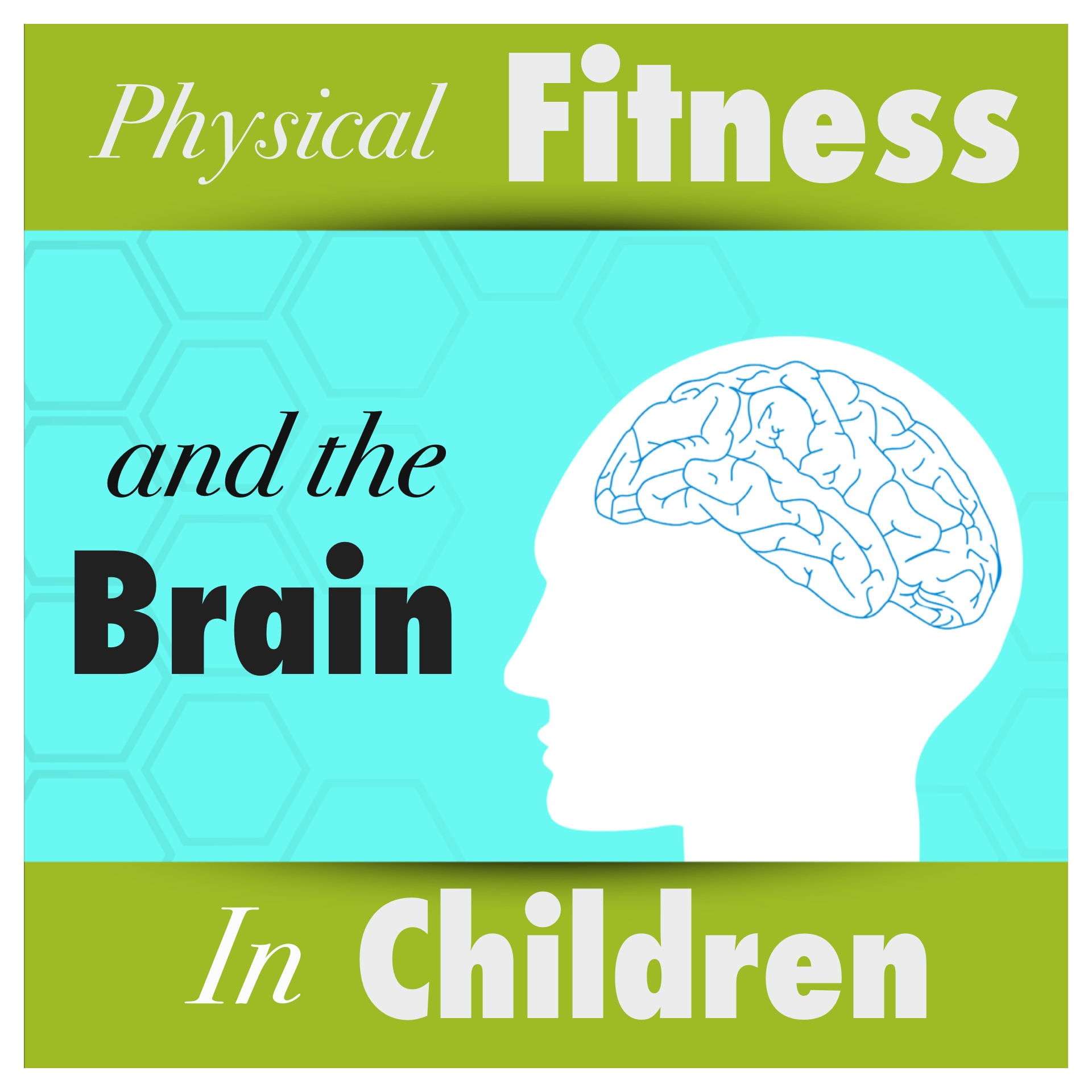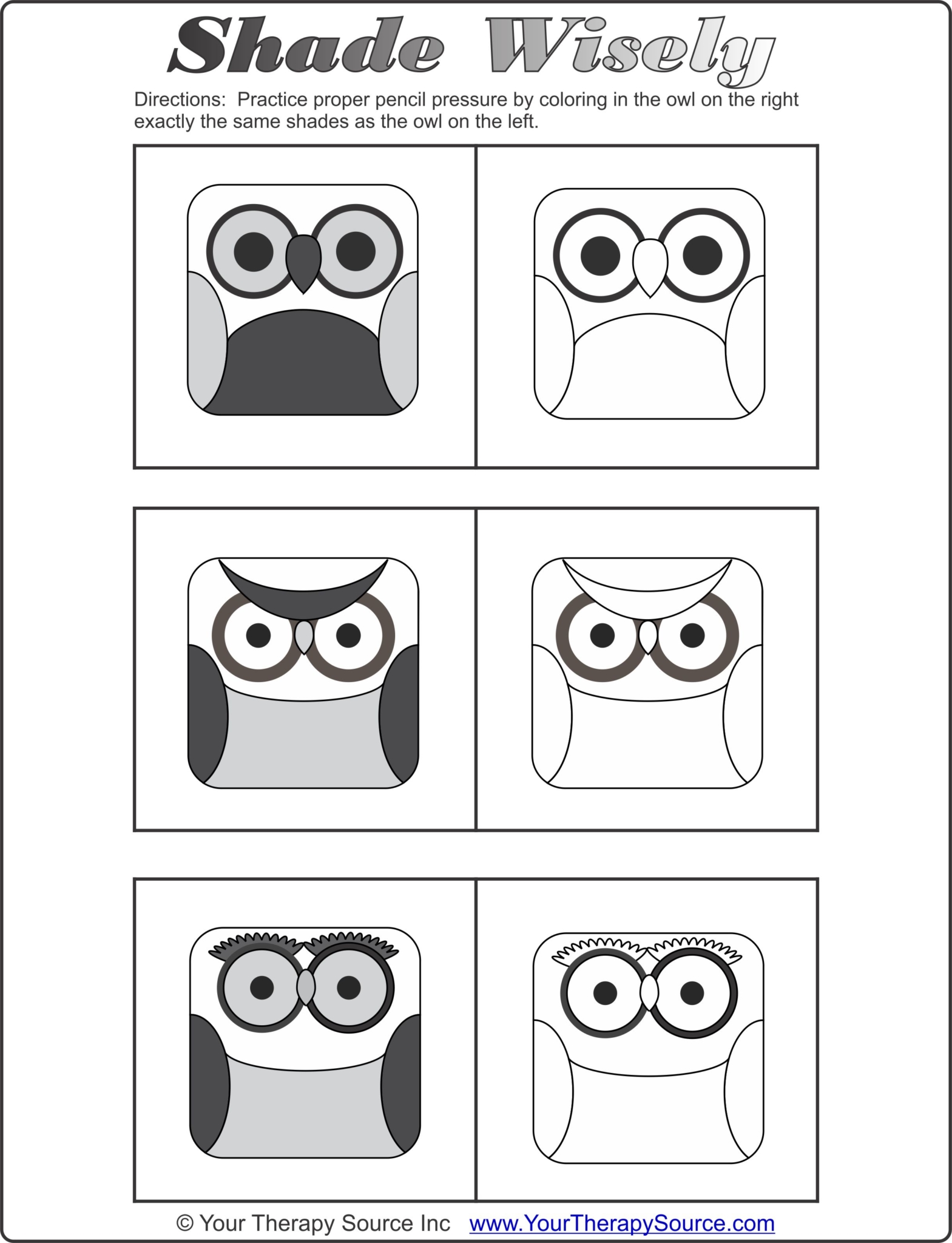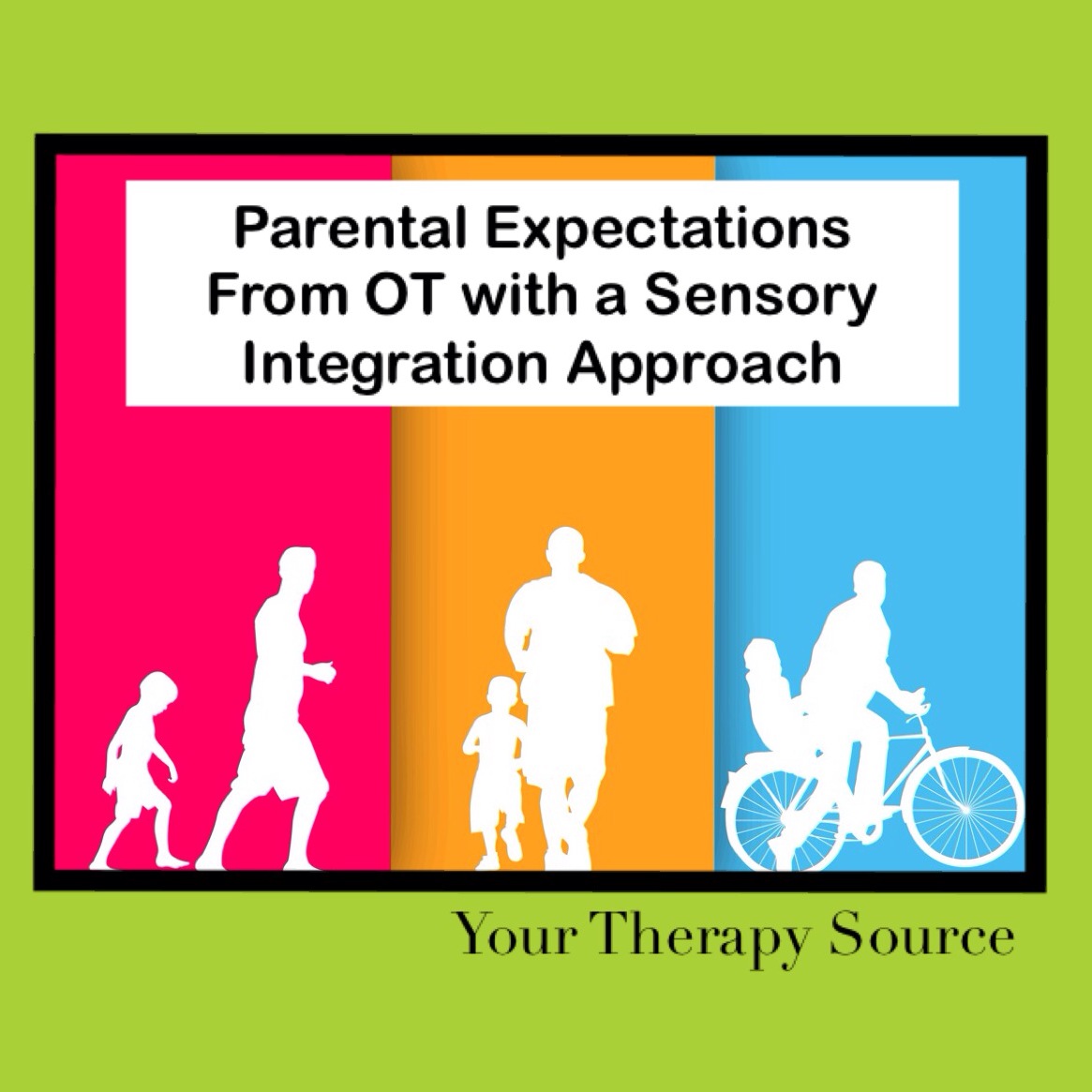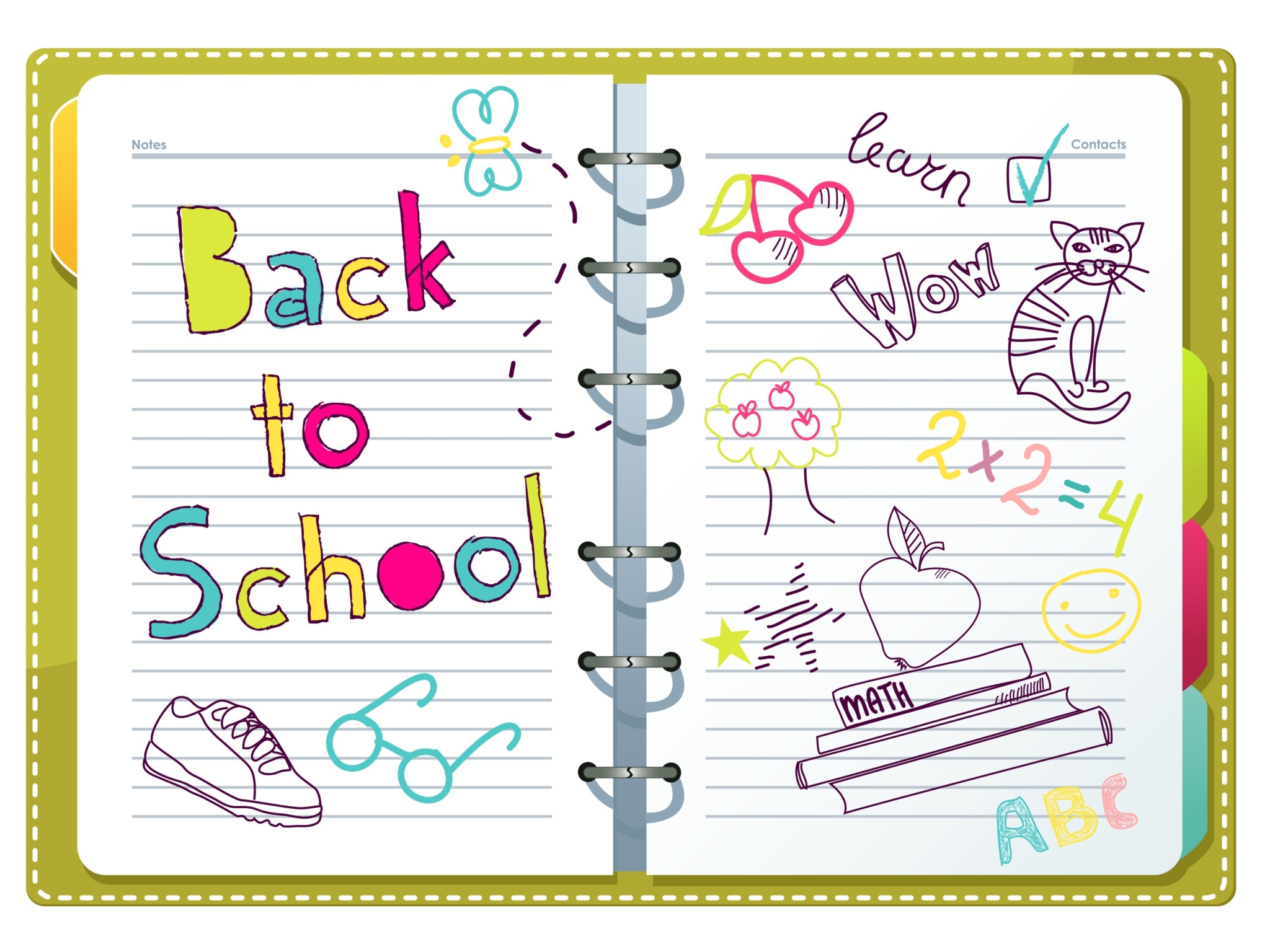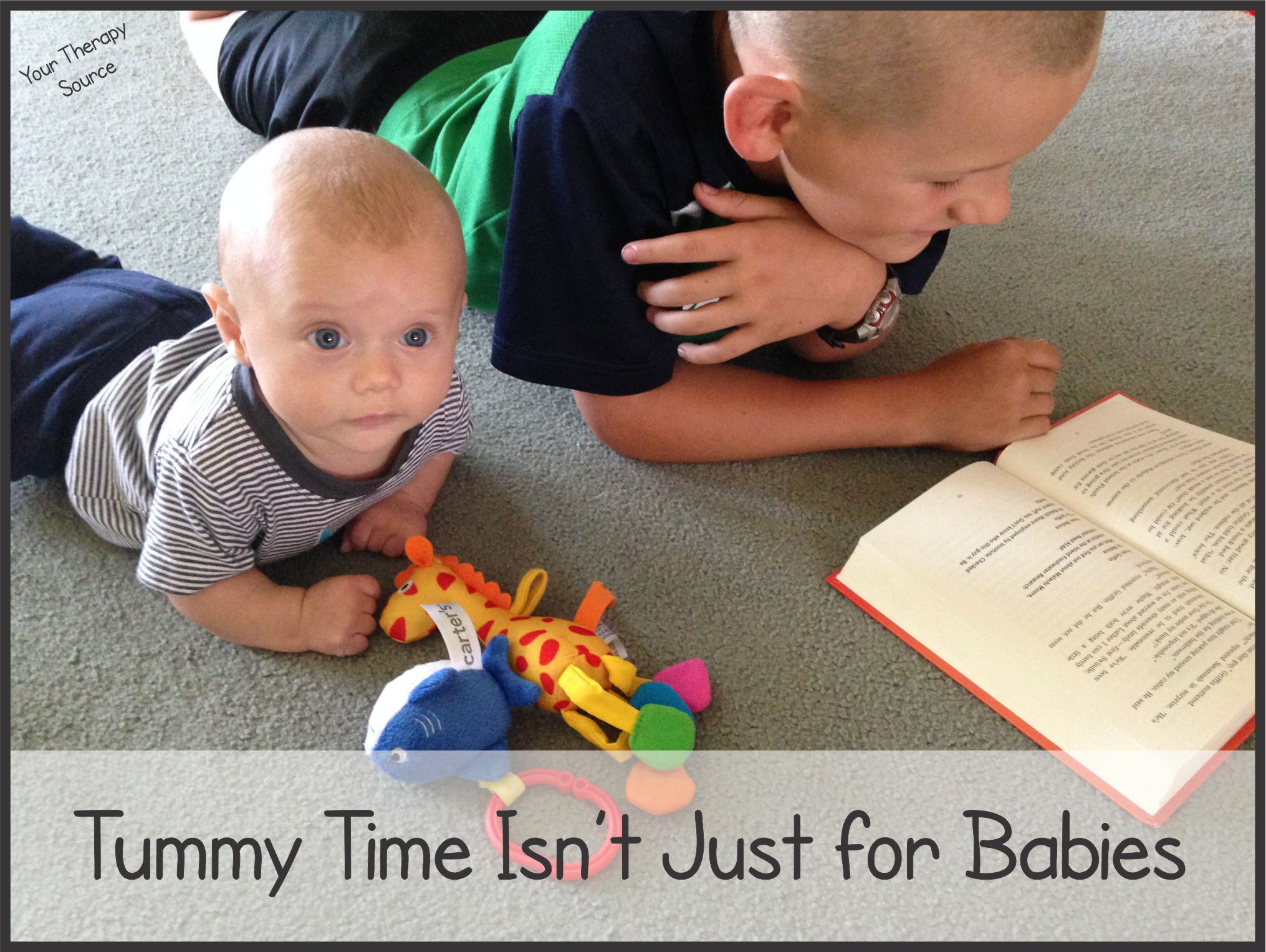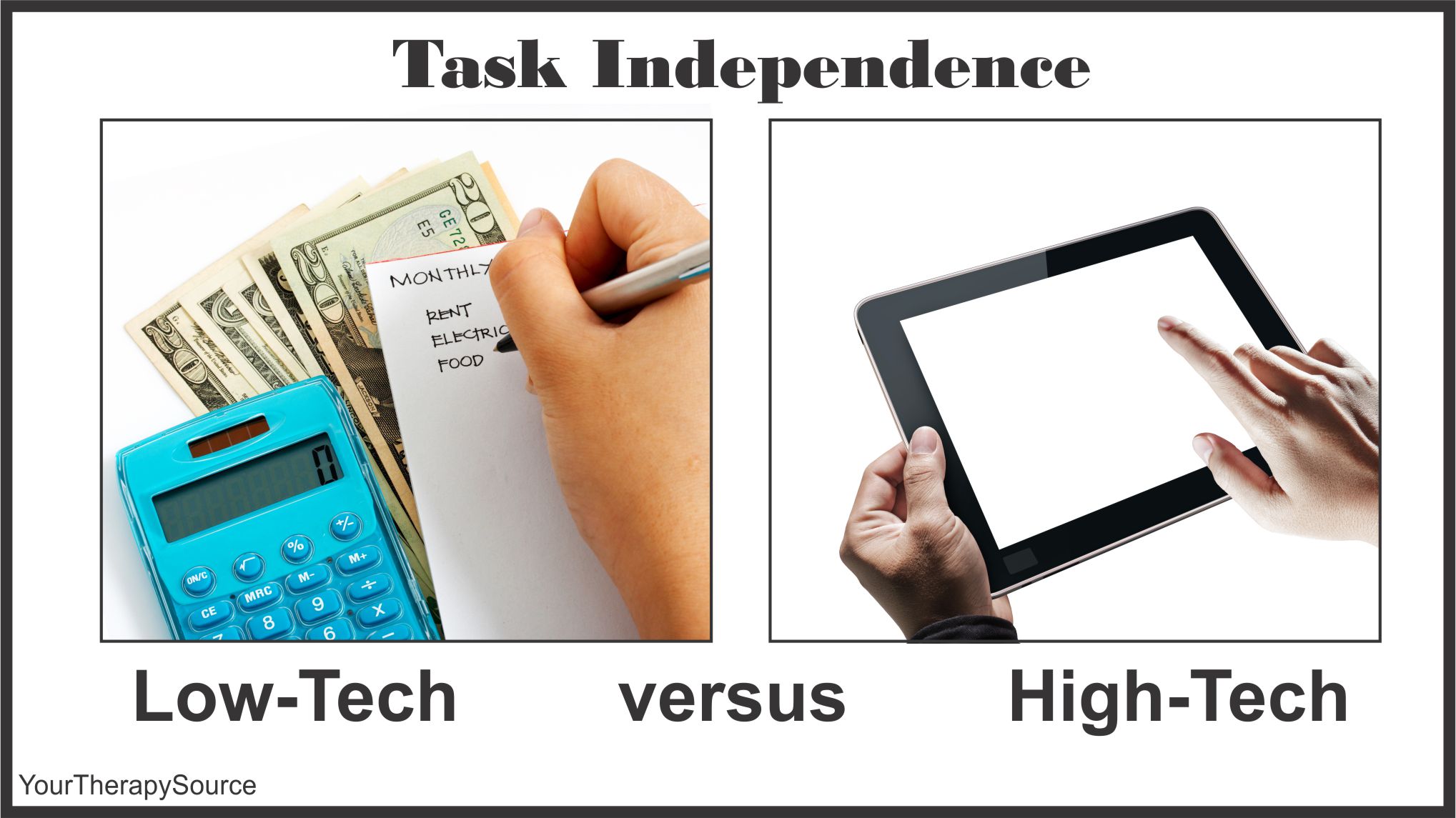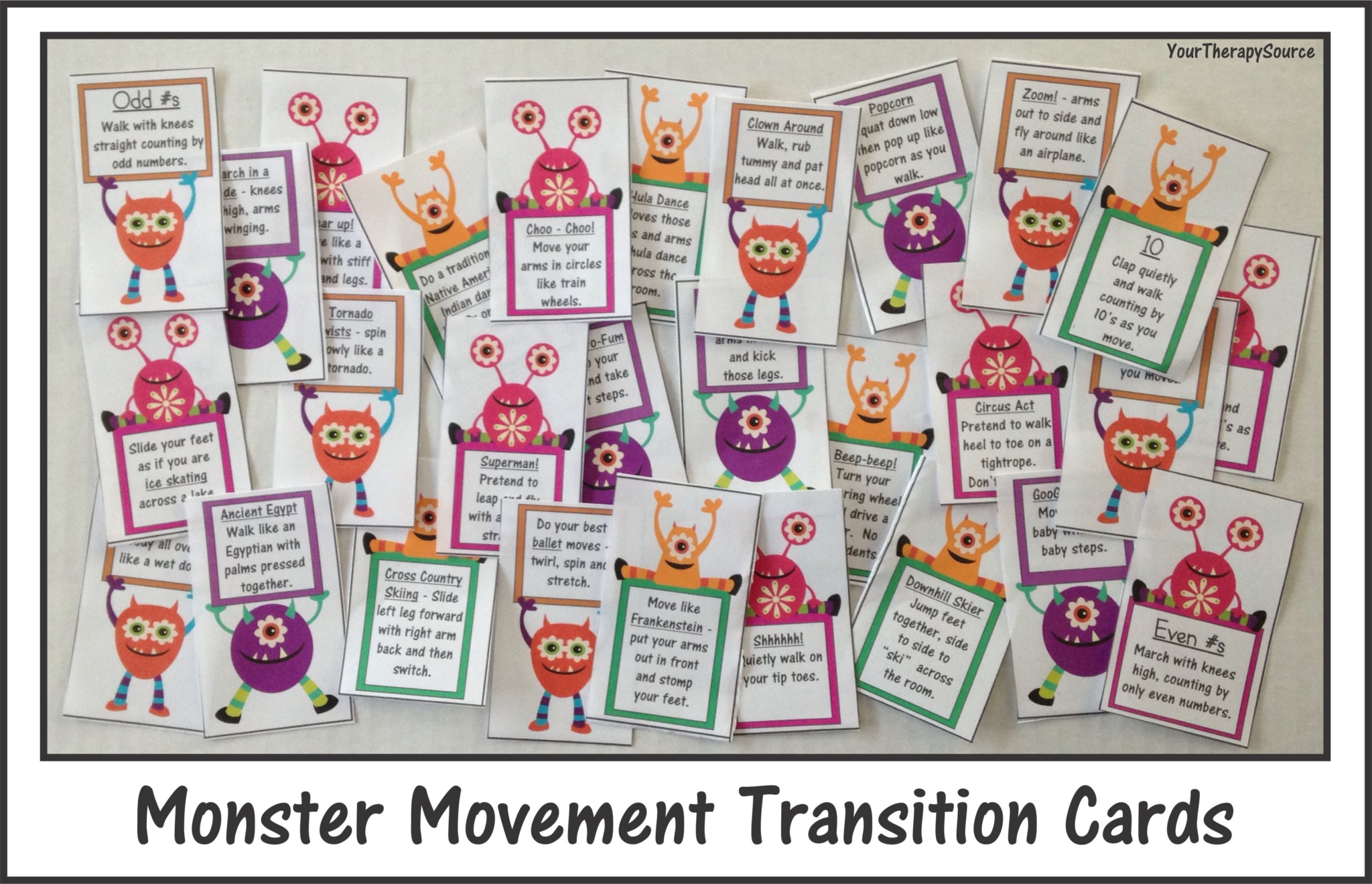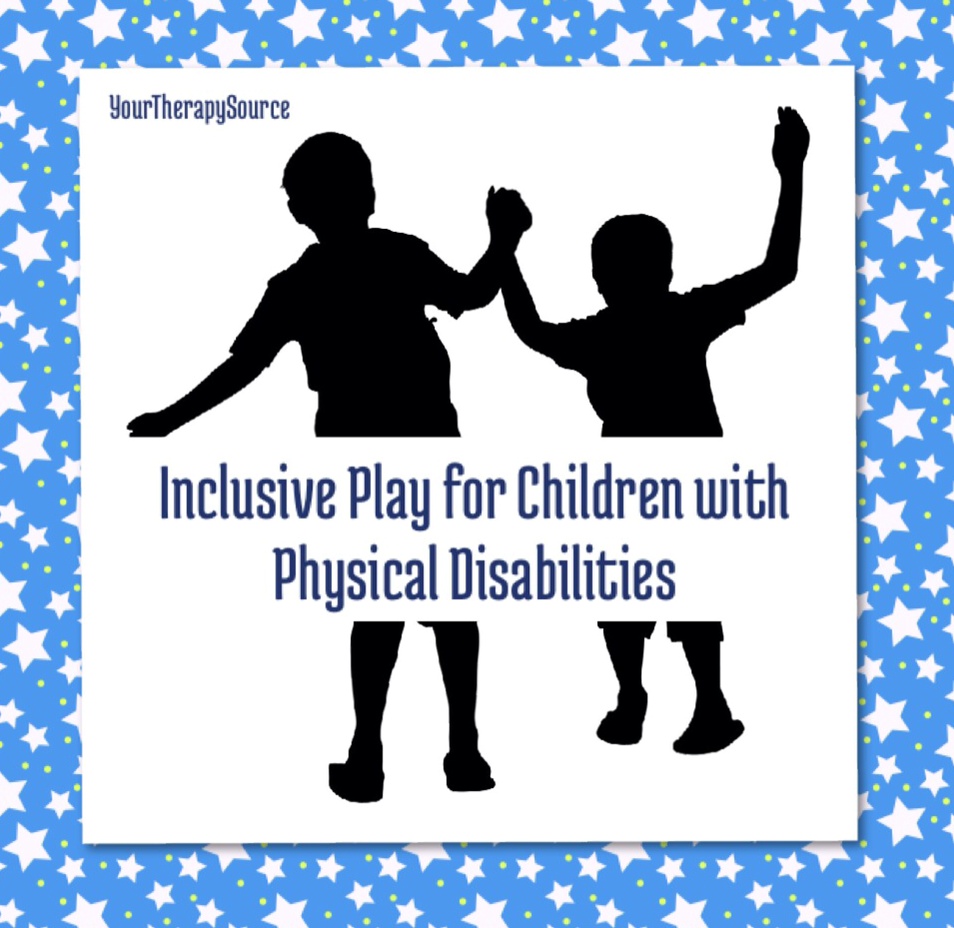Physical Fitness and White-Matter Tracts in Children
Frontiers in Neuroscience published research looking at the diffusion MRIs of 24 nine and 10-year-old children to determine an association between aerobic fitness and the brain. The study showed that children who are more aerobically fit have more fibrous and compact white-matter tracts in their brains than children who are less fit. More specifically, the […]

